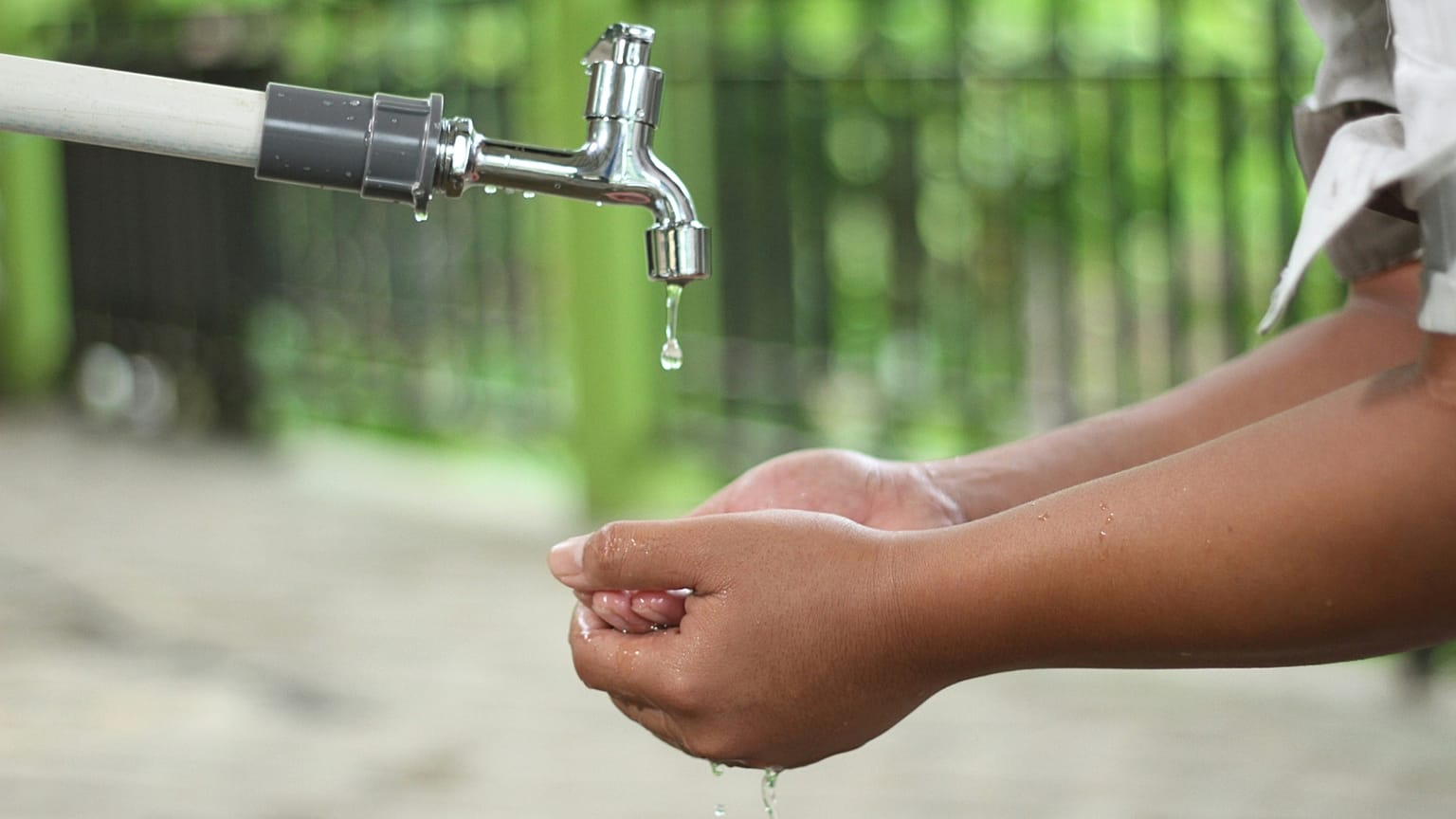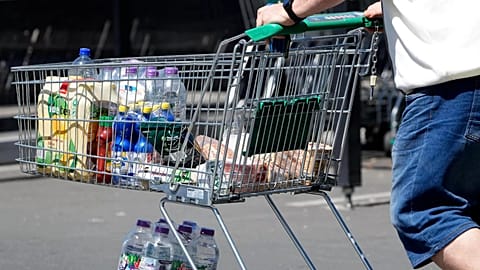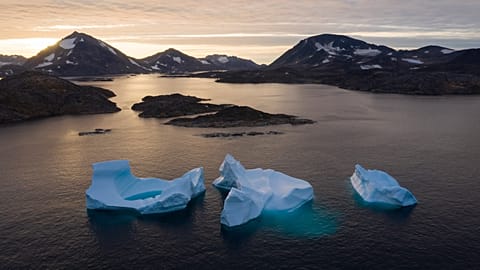Europe’s ‘strained’ energy and water system could slash GDP by up to eight per cent in high-income countries.
Water waste is “amplifying the climate crisis” and damaging economic resilience. Experts are now calling for urgent action.
A new report from Danfoss warns that the water sector’s energy consumption is expected to double by 2040, while the energy sector’s water demand could rise by almost 60 per cent.
Global water demand could also outstrip supply by 40 per cent in the next five years, adding to the 3.6 billion people who already lack adequate access to water all year round.
How are energy and water connected?
Every stage of the water cycle requires energy: from extraction and treatment to delivery and use.
As the global population grows, the demand for freshwater increases, meaning more energy is needed to pump, treat, and distribute it. Already, the energy sector accounts for around 14 per cent of global freshwater withdrawals.
This is where water is taken from natural resources like rivers and lakes for uses such as drinking, farming, making products or producing electricity. Some of the water gets cleaned and returned to nature, but much of it goes into food and products.
This mutual dependence means that stress on one system will directly affect the other. For example, energy shortages can limit water supply operations, while droughts and heatwaves risk disrupting power generation.
Experts have therefore argued that Europe can no longer afford to address these systems separately.
“How we use energy in our water system carries significant resilience and competitiveness risks,” Kim Fausing, CEO of Danfoss, tells Euronews Green.
“In Europe, far too much treated water, and the energy used to pump and treat it, is wasted through leaks and inefficiencies, posing an economic and security challenge.”
Europe’s water crisis. How much will it cost?
Ignoring inefficiencies in water and energy risks spiralling costs, and could even knock downGDP in high-income countries by eight per cent, or 10-15 per cent in lower-income countries, by 2050.
So far, global water-related challenges have already added around $9.6 billion (approximately €8.26 billion) in expenses to the power sector.
In Europe, most EU member states will need to spend between €500 and €1,000 more per person in total by 2030 on water supply and sanitation just to comply with existing water regulations.
Aside from financial impacts, the water crisis threatens public health, infrastructure stability, and geopolitical security. Limited access to affordable water or energy can fuel hardship and even conflict, especially in regions reliant on imported energy or shared water resources.
However, technological solutions that already exist could help strengthen water and energy efficiencyacross all phases of the water cycle.
“We need ambitious regulation, water efficiency targets, and incentive systems that stimulate investment in proven technologies like leak detection, smart metering, pressure management, and energy efficiency optimisation,” Fausing adds.
“Governments should consider integrating water efficiency into energy audits and set national industrial water reuse targets. Every drop saved means less energy wasted.”
Danfosssays that if all existing desalination plants (which turn seawater into drinking water) around the world were retrofitted to operate at the current technological potential, it could save €34.5 billion and reduce CO2 emissions by 111 million tonnes.
Wastewater treatment plans can also significantly reduce energy use and operational costs using variable speed drives (VSDs).
These allow motors and pumps to adjust to real-time demand rather than running at the same speed all of the time. A plant in Chennai, India, saved around 22 per cent of its energy use with this initiative.
Are data centres to blame?
Data centres are a huge culprit when it comes to water use, currently consuming around 560 billion litres of water annually.
According to the International Energy Agency, this could double to a staggering 1,200 billion litres by 2030, which is six times the EU’s total freshwater abstraction in 2022.
This sky-high water consumption is mainly due to processing units producing excess heat, which needs to be cooled down.
Liquid cooling of data centres, which rely on a closed water loop, could, however, help lower water consumption. Direct-to-chip liquid cooling systems are also at least 15 per cent more energy efficient than their air-cooling counterparts.
“The increasing excess heat generated by the powerful processing units in modern data centres not only requires operators to adopt innovative cooling methods, but it can also be reused to meet heat demand elsewhere,” the report states.
According to the International Energy Agency (IEA), waste heat from data centres could meet 10 per cent of Europe’s space heating demand by 2030.
“While the largest data centres will be placed too far away from urban areas to meaningfully use the waste heat, excess heat from data centres can meet 300 TWh of head demand for off-takers within a few kilometres distance,” the report adds.


















